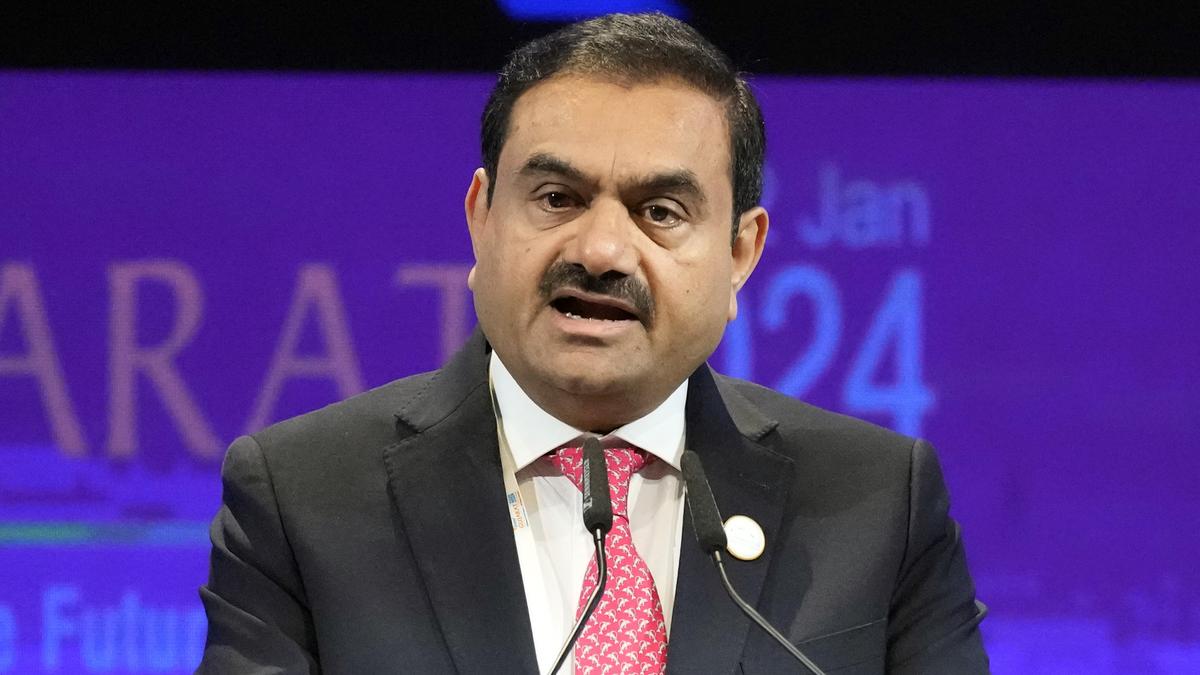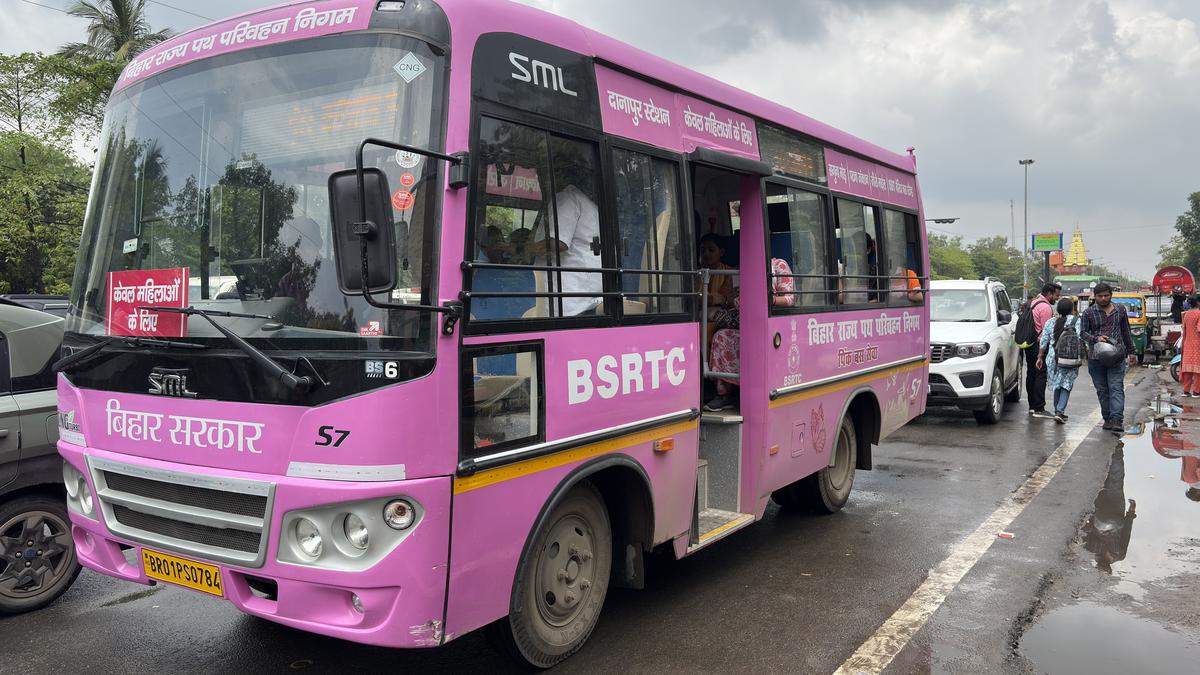Union Environment Minister Bhupender Yadav on Friday (June 27, 2025) said the government is unlikely to implement the air conditioner temperature range of 20°C to 28°C anytime soon, and that it will be introduced gradually over time.
Asked at the India Climate Summit when the new AC temperature range would be implemented, Mr. Yadav said any such situation "may arise only after 2050".
"I do not think it will happen immediately; capacities will be gradually built for it over time," he said.
Mr. Yadav said that achieving climate targets must be done in line with national circumstances and the CBDR-RC (Common But Differentiated Responsibilities and Respective Capabilities) principle.

India's nationally determined contributions (NDCs), or national climate plan, submitted to the UN climate body, emphasise ensuring "access to energy to its people", he said.
The principle of CBDR-RC means all countries must fight climate change, but developed nations should do more because they have historically contributed more emissions and have greater resources.
Earlier this month, Union Minister Manohar Lal Khattar said air conditioners in India will soon be required to operate within a fixed range of 20 degrees Celsius to 28 degrees Celsius, and settings below or above this limit will be prohibited.
According to the Bureau of Energy Efficiency (BEE), most ACs in India are currently set between 20 and 21 degrees Celsius, though the ideal comfort range is 24 to 25 degrees Celsius.
BEE recommends setting air conditioners at 24 to 25 degrees Celsius to balance comfort and energy use. It says that keeping the temperature too low, around 20 to 21 degrees Celsius, wastes electricity.
The agency also says that raising the AC temperature by just 1 degree can save about 6% of electricity. Increasing it from 20 degrees Celsius to 24 degrees Celsius could lead to energy savings of up to 24%.
India adds 10-15 million new ACs annually, with another 130–150 million expected over the next decade. Without policy intervention, ACs alone could drive 120 GW of peak power demand by 2030 and 180 GW by 2035, nearly 30% of the projected totals, according to a recent study by India Energy and Climate Center (IECC) at University of California (UC) Berkeley.
The study says the fastest-developing major economy can avoid severe power shortages and save consumers up to ₹2.2 lakh crore ($26 billion) by doubling the energy efficiency of room ACs over the next 10 years.
In the summer of 2024, room air conditioner sales surged by 40% to 50% year-on-year amid record-breaking temperatures.
The share of the household sector in India's total electricity consumption increased from 22% in 2012-13 to 25% in 2022-23.
Much of this rise can be attributed to economic growth and the increasing need for cooling due to rising temperatures, experts say.
According to an ongoing research at the Oxford India Centre for Sustainable Development at the University of Oxford, in a world two degrees Celsius warmer than pre-industrial times, the largest cooling demand, in terms of total population, will come from India, followed by China, Nigeria, Indonesia, Pakistan, Bangladesh, Brazil, the Philippines, and the U.S.



.png)
.png)
.png)
















 4 hours ago
5
4 hours ago
5









 English (US) ·
English (US) ·